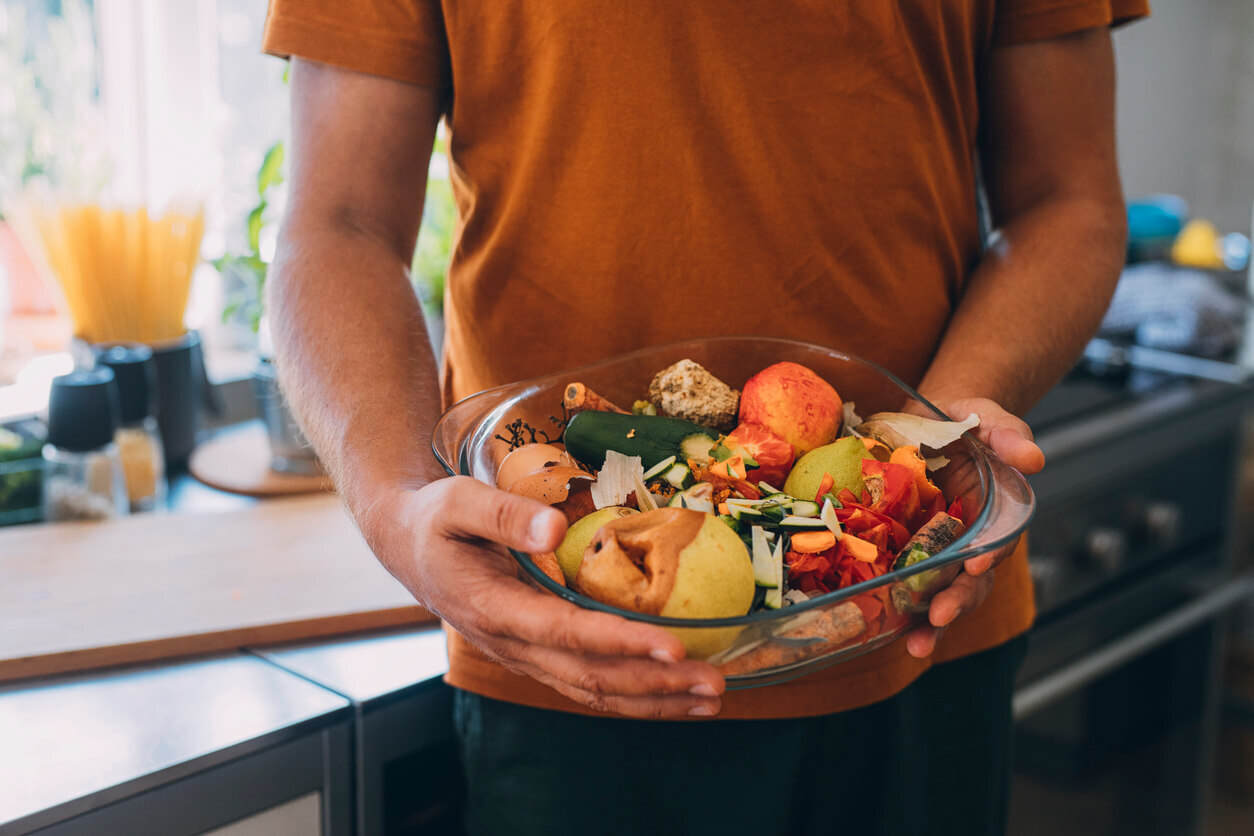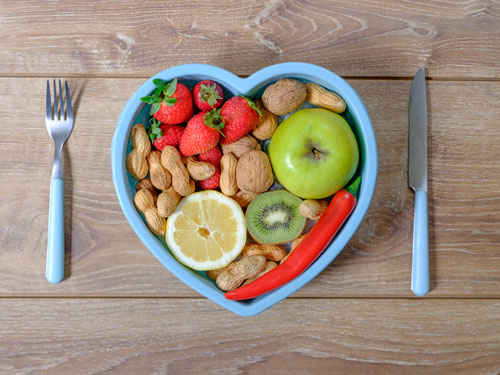Food waste is the single largest category of material placed in municipal landfills across the United States, which represents nourishment that could’ve helped feed millions of families in need. The Food and Agriculture Organization of the United Nations concluded that over 1.3 BILLION TONS of food goes to waste around the world each year. Food waste has become one of the most serious, yet solvable issues, spanning the globe, and there are simple ways we can challenge this issue.
Unfortunately, food goes to waste in every step in production, 43% of food waste occurs right at home. Additionally, if we recovered about half (46 billion pounds) of the food being wasted, we could feed every hungry person in the United States 3 meals a day, every day. Due to this sad reality, the U.S. Department of Agriculture (USDA) and Environmental Protection Agency (EPA) have established a goal of reducing U.S. food waste 50% by 2030. But no need to wait till then, anyone can make an impact and help reduce food waste today!
Check out these easy and cost-effective tips and tricks to reduce food waste at home, and do your part in reducing food waste.
1. Use the Food you have and food about to expire
When thinking about what meals to make, browse what you already have in your pantry! If you build your meals based on foods that are expiring, the less expired food is thrown away. If you have a meal in mind that you’re craving, but don’t have the specific ingredients, utilize the food you already have as a substitution. Move For Hunger (and the internet) has tons of ideas on suitable substitutions, plus you save money!
For example, if a baking recipe calls for butter but you don’t have it, applesauce can be used instead. This helps you use ingredients you already have in your pantry and reduce food waste.
Another example of substituting – if your bananas are going bad, make vegan ice cream! You can do this by freezing your bananas and tossing them in a food processor with milk and ta-da, vegan ice cream!
Also, with fresh foods that may be getting near spoiling, repurpose these ingredients in soups, microwave dinners, casseroles, stir fries, frittatas, sauces, baked goods, pancakes, or smoothies, rice bowls, pastas, etc. This will help you avoid wasting perfectly good food and you may even create a new favorite dish.

2. "Best Before" or "Use By" or "sell by?"
Did you know that there’s a HUGE difference between “best before” and “use-by” and “sell by” dates? Depending on the label, a lot of food is safe to eat well after the “best before” date, potentially up to two weeks to a month.
For example, if The “use-by” date tells you when it is no longer safe to eat, you should still inspect your food by observing its look, smell, and touch and determine if the food is no longer safe. If your food appears still good, it is likely fine to consume.
Pro tip: Check out Move For Hunger’s blog post here about expiration dates to learn more.
3. recycle correctly and save the planet
We all have good intentions when recycling, but there are actually ways that you can be accidentally wasting recyclable products. Tons of recyclable items are put in landfills because of incorrect recycling techniques. Did you know that crushing aluminum cans are not recyclable? Some ways that items are recycled incorrectly:
a. Not completely cleaning out items before recycling like some glass items.
b. Throwing away items that are recyclable like pizza boxes, newspapers, and envelopes with plastic windows.
c. If you recycle pizza boxes, did you know they can’t have any food scraps on the box? Additionally, they must be flattened before recycling.
d. Some paper and cardboard takeout containers are recyclable, but it depends on how much food is left on them. Try rinsing or scraping the residue off to clean it because containers contaminated with food cannot be recycled.
e. Also, broken glass should not go into the recycling bin. Glass shards can harm workers and damage equipment so it should not be recycled.
Want to learn more? Check out this blog post by the United States Environmental Protection Agency (EPA) for more information on how to recycle correctly!
4. Not going to use it? donate it.
If you have food in your pantry and know that you won’t eat, consider donating it to a roommate, friend, or your local food bank.
Pro tip: If you are moving and are interested in hiring a moving company, look at our mover directory on our website moveforhunger.org and consider booking with one of our sustainable and conscientious movers to donate your food for you!
5. Refrigerator tips to save food and cash
Did you know that the refrigerator door is the warmest part of the fridge? Well it is and you can store condiments there, but it is not recommended to store milk or eggs in the door as they won't be at a suitable temperature. The lower shelves are the coldest part of the fridge where you can store meat, poultry, and fish.

6. Store food in water to last longer
Did you know that fresh fruits and vegetables can be stored in water to last longer? Well, believe it or not, some vegetables like carrots, celery, and potatoes can be stored in water to prolong their freshness! Make sure they are cut before you store them, and remember to change out the water every few days!
Want to learn more? Check out this blog post by The New York Times to see what foods can be stored in water.
7. Love your leftovers
After you cook a meal and realize that you often have loads of leftovers, consider having one or two meals a week designated as Leftover Night! Most perishable foods can also be safely frozen indefinitely, so if you can’t eat it before the food may spoil, pop it in the freezer and pull it out when you’re ready to eat it!
Intrigued and want to learn more? Check out our blog post about reusing leftovers here!
8. educate yourself
Just by being mindful when it comes to food and food waste prevention, you are more likely going to be a more savvy and smart shopper which can help save you time and money. “The USDA estimates that each year at the consumer level, around $1,500 of food goes uneaten per family of four. Imagine what a family of four could do with that money.” Move For Hunger has loads of information on our blog, check out our other blogs about food waste, the environmental impact of food waste, and the good, bad, and ugly of food waste!
Simple steps can be taken every day to reduce food waste at home. By incorporating these tips into your life will not only save you money but the earth too! Want to learn more about food waste, composting, and recycling? Check out our blogs on composting and reducing food waste at home! If you want to find out more ways to reduce food waste and fight hunger, check out our Take Action page!
